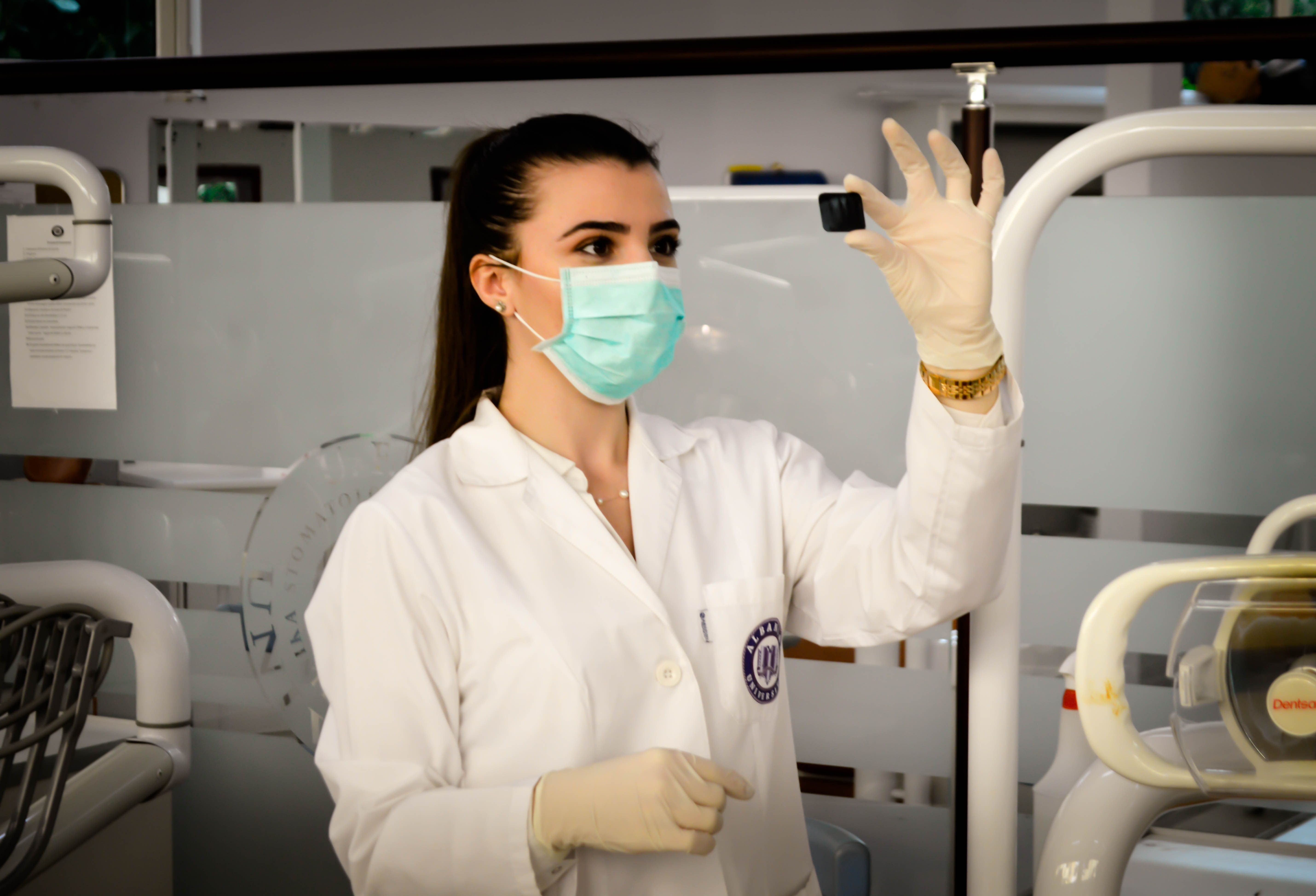University of Warwick contributes to huge Alzheimer’s disease breakthrough
As part of an EPSRC-funded international collaboration, researchers have found that chemically reduced species of iron is found in brains affected by Alzheimer’s Disease. Mineral forms of iron including the magnetic iron oxide, called magnetite, were found in amyloid protein plaques, characteristic of Alzheimer’s.
Iron is the most abundant transition metal found in the healthy brain and makes essential contributions to functions such as energy production, nerve impulse transduction and neurotransmitter synthesis. One of the key features of Alzheimer’s is found to be a change in the metabolism of biometals where the results indicate that iron is chemically reduced in the presence of aggregating amyloid protein plaques. These plaques are abnormal clusters of proteins in the brain. Researchers have proposed the chemical reduction of iron in the presence of these aggregates to be linked to toxicity that leads to cell and tissue death in the brain, therefore, causing mental deterioration in Alzheimer’s patients.
Researchers have proposed the chemical reduction of iron in the presence of these aggregates to be linked to toxicity that leads to cell and tissue death in the brain
The research was a collaboration between the University of Warwick and Keele University, with contribution from researchers at the University of Florida and the University of Texas in San Antonio. Previously, the team had shown that iron-based minerals, including magnetite, form in the brain in the presence of the amyloid protein plaques. Using advanced analytical instruments, the team has successfully found convincing evidence to show that these processes take place in the brains of those affected by Alzheimer’s. Furthermore, unique observations about the formation of calcium minerals were also made.
The discovery began with the isolation of the protein plaques from the brains of the deceased patients who had been diagnosed with Alzheimer’s. Using state-of-the-art X-ray microscopy at the Advanced Light Source in Berkeley, USA and at beamline I08 at the Diamond Light Source synchrotron in Oxfordshire, researchers scanned these plaques to determine the chemical properties within them and conducted magnetic measurements in addition. They found the presence of various iron minerals inside them, including the magnetic iron oxide, magnetite.
Using advanced analytical instruments, the team has successfully found convincing evidence to show that these processes take place in the brains of those affected by Alzheimer’s
Dr Joanna Collingwood at the University of Warwick’s School of Engineering was responsible for characterising iron species associated with the formation of the amyloid protein plaques. Her expertise lies in trace metal analysis, high-resolution imaging and neurodegenerative disorders. Collingwood noted that the advanced X-ray techniques delivered a step-change in the level of information that was obtained and remarked that “we are excited to have these new insights into how amyloid plaque formation influences iron chemistry in the human brain”.
There is currently no cure for Alzheimer’s or any other type of dementia even though it affects 850,000 people in the UK alone. These findings would aid researchers to further understand the impact and management of these metals in Alzheimer’s patients potentially enabling them to find effective therapies in the future.

Comments